Wedged between mountains and the Ligurian Sea, Genoa is one of the most underrated cities in Italy.
From the baroque Palazzi dei Rolli to the medieval-in-feel fishing village of Boccadasse, Genoa is a city where contrasts and surprises are around every corner, making it an ideal destination for travelers seeking authenticity.
This guide categorizes the best things to do in Genoa and organizes them for easy discovery to help you plan your visit, no matter what type of traveler you are.
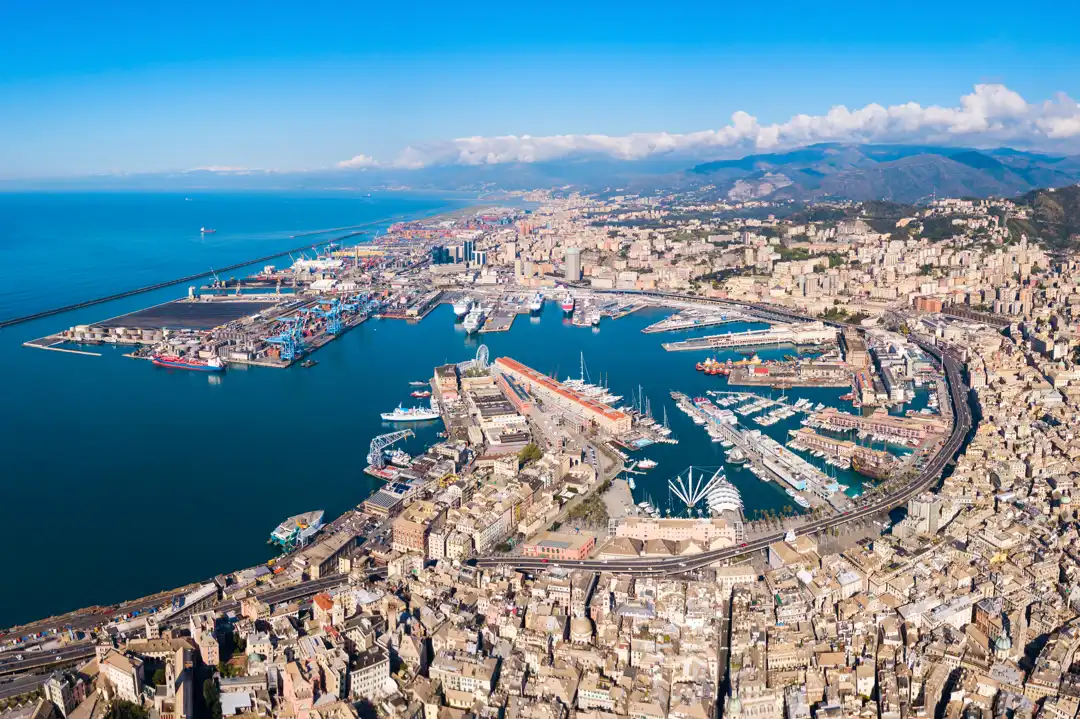
Historical and Cultural Landmarks
1. Palazzi dei Rolli
When you walk along Via Garibaldi, you will be surrounded by grand palaces that reflect Genoa’s history of the aristocracy.
These palazzi used to be home to royalty and diplomats and offer a glimpse into Genoa’s rich history. They are pretty amazing that UNESCO has declared them a World Heritage Site.
Tips for Visiting: Some of the palaces have become modernized art spaces and, amazingly, you can be strolling through them while they have exhibitions. If you can take a tour, it’s highly recommended and helps provide context on the history of the palaces and people.
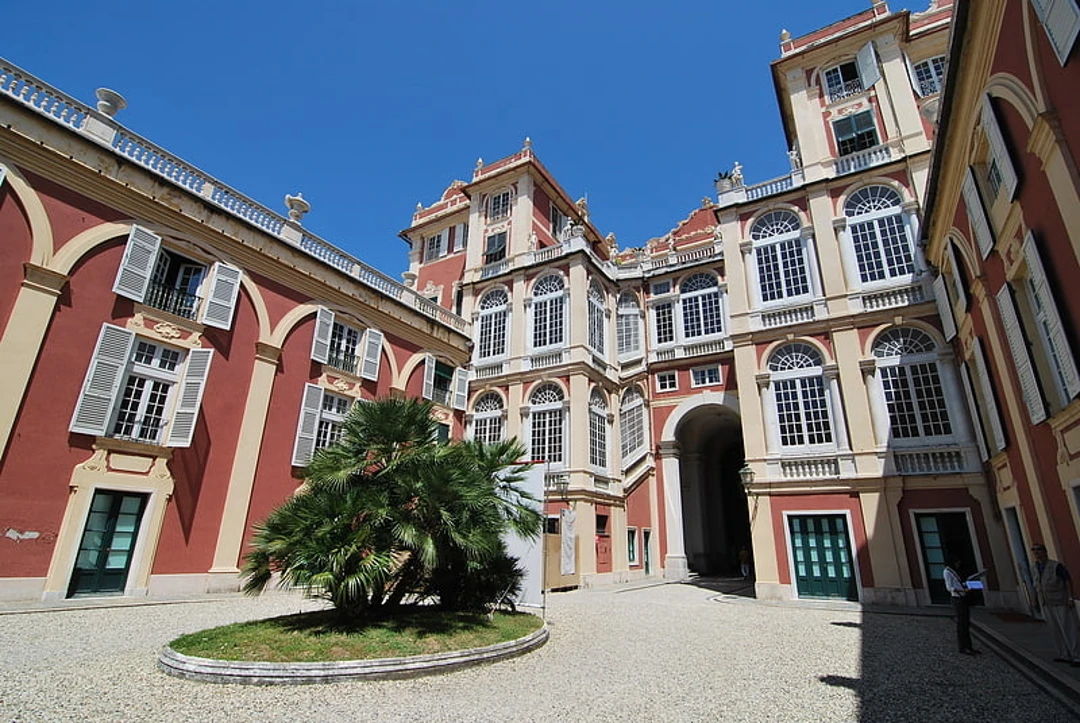
2. Cathedral of San Lorenzo
The cathedral is gigantic, and you can’t really miss the black-and-white exterior.
It somehow manages to blend Romanesque and Gothic styles perfectly, and is home to some stunning frescoes and the remains of St. John the Baptist.
Tips for Visiting: Consult the cathedral for its schedule of organ concerts — they’re fantastic. Be mindful of respectful attire for your visit.
3. Porta Soprana & Christopher Columbus’ House
Take a walk back in time with a trip to Porta Soprana, an old city gate that shares some of Genoa’s history while the adjacent house claims to have been the childhood home of Christopher Columbus– whether it actually is or not, it’s still cool to see!
Tips for Visiting: Pair a stop here with a walk of the medieval lanes in the vicinity. Be sure to check the opening times of the Columbus house too, as they change. Have your camera ready — the area is very photogenic.
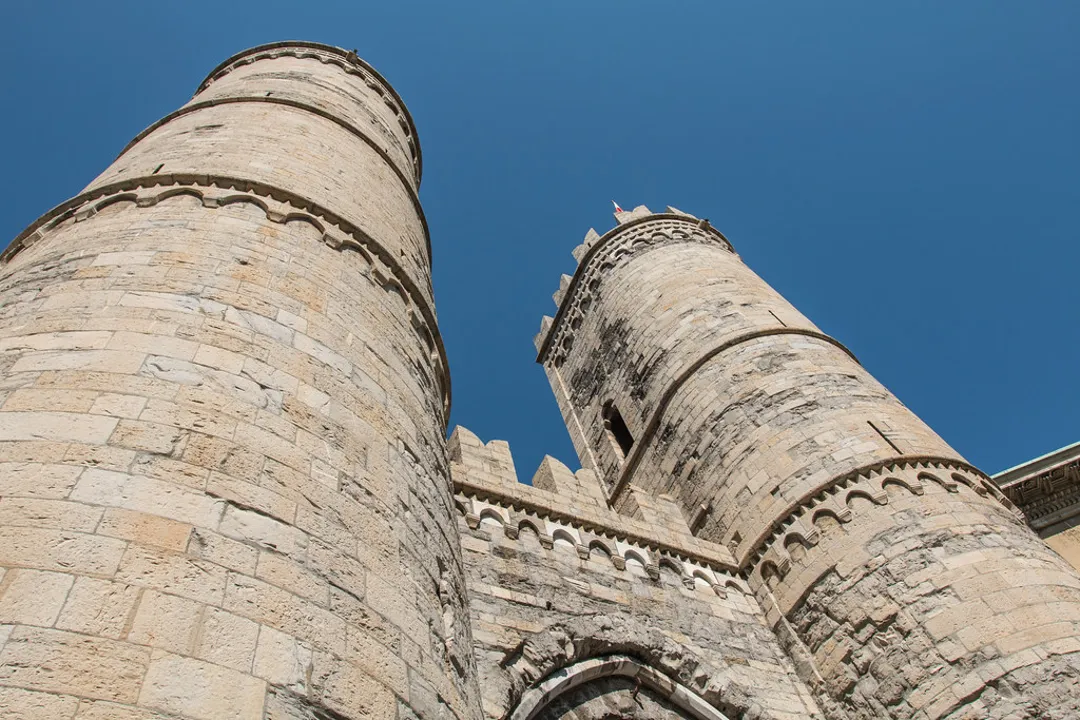
4. Doge’s Palace (Palazzo Ducale)
The beauty of the Doge’s Palace is more than skin-deep. Once the political center of Genoa, it’s now used for cultural events, including exhibitions of art, music performances, and literary readings.
It’s a treasure that shows how hectic and vibrant this city once was, and is.
Tips for Visiting: Try to plan your visit when one of the art exhibitions or events is going on. Buy tickets online in advance to avoid long lines — and lines are particularly common during the special exhibitions.
5. Church of San Donato
Tucked away in the labyrinth of small alleys, San Donato is a Romanesque treasure. Its tower is octagonal and quirky. Once indoors, you’ll appreciate the peaceful vibe and the outstanding architecture and art.
Tips for Visiting: I suggest visiting early in the morning when it’s not too crowded.
Just be mindful that photographing the interior may not be allowed, check to be sure.
6. Castello d’Albertis
The visitor stands on the top of the Castello d’Albertis in Genoa, from which the view of the city is all that pierces the dense surrounding greenery; this walk in the woods is better, however, than the castle interiors down below, which, in the form of the Museum of World Cultures, display all manner of treasures from around the globe.
Tips for Visiting: On a clear day it’s stunning, but if you can make it here for a sunset, you’ll be blown away. Check for special events or traveling exhibits on the museum’s website.
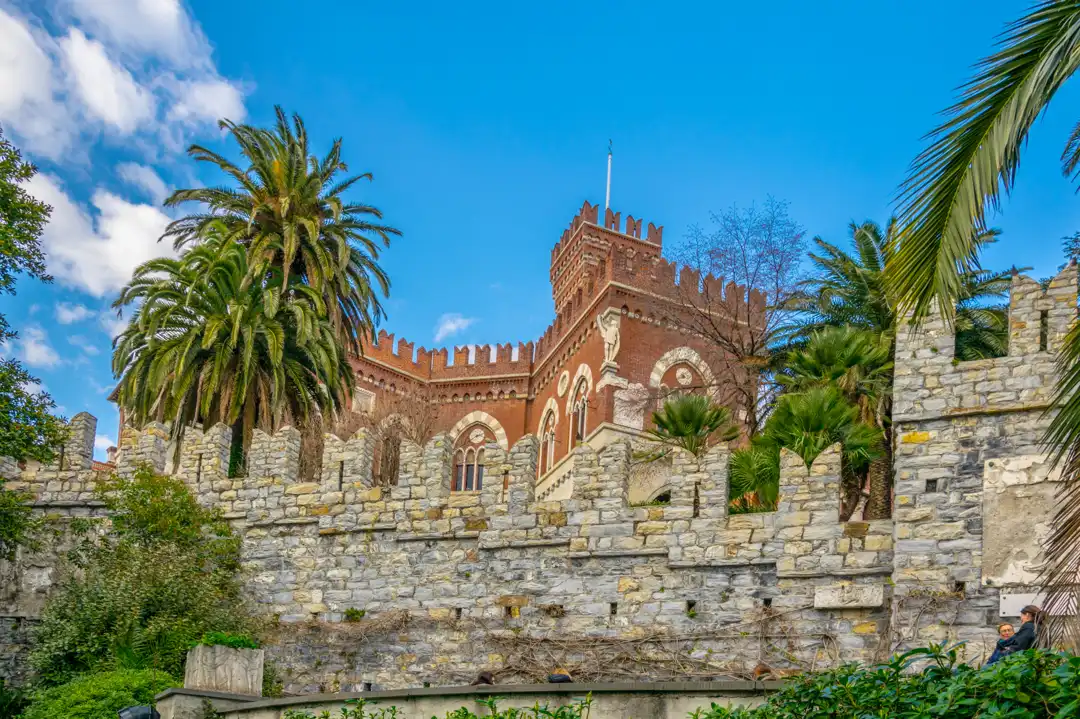
Museums and Art
7. Galata Maritime Museum
Get a taste of life on the sea at the Galata Maritime Museum. The museum is actually the largest maritime museum in the entire Mediterranean, and the interactive displays will make you feel as though you’re an actual sailor.
It’s a great place to learn more about Genoa’s seafaring past — and try blasting a torpedo from a submarine!
Tips for Visiting: Dedicate a couple of hours to the experience. Since it’s very interactive and hands-on, children will love it.
8. National Gallery at Palazzo Spinola
Get ready to see a great collection of paintings and be wowed by Palazzo Spinola is the home of the National Gallery, a Baroque palace where you’ll find works by Van Dyck, Rubens and other Italian masters set in richly ornate historical rooms.
If you’re an art aficionado who wants a close-up look at both the fine-art scene in Genoa and its nobility, you’ll want to visit here.
Tips for Visiting: Visit on the weekdays to avoid the weekend crowds and enjoy the museums at a leisurely pace. If offered, join one of the free tours, as it’s a great way to learn more about the place.
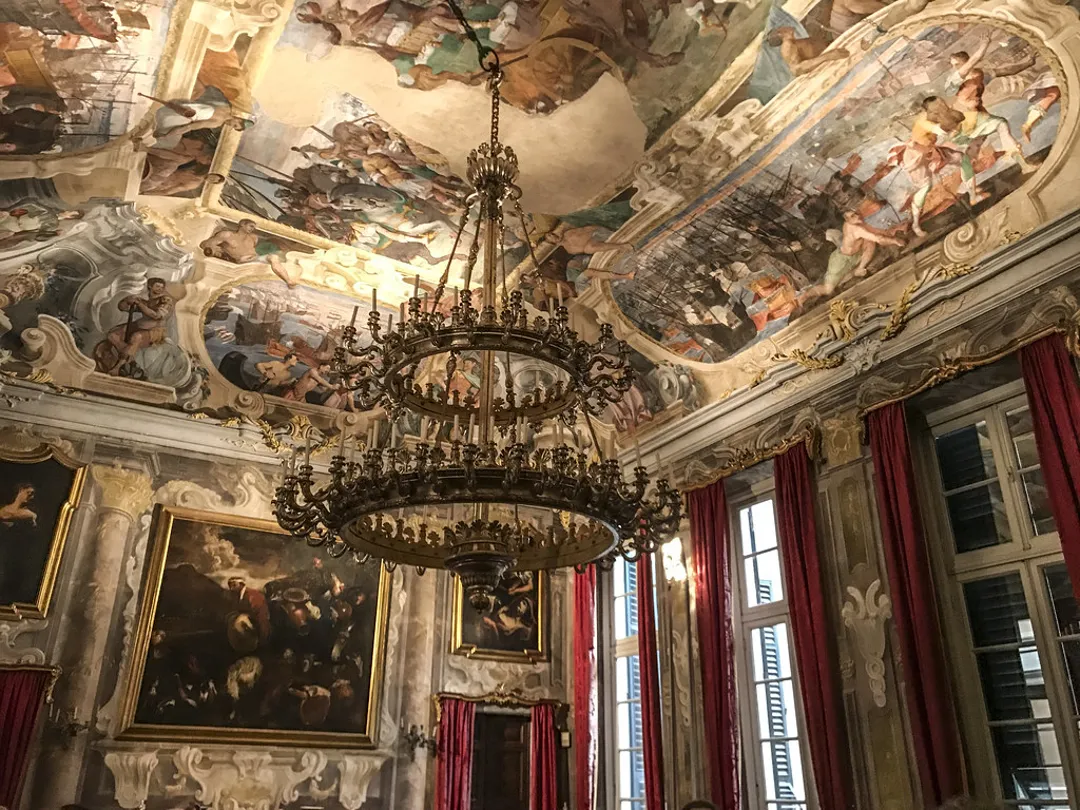
9. Museum of the Risorgimento
Discover the history behind the unification of Italy at the Museum of the Risorgimento in the hometown of Giuseppe Mazzini. The museum’s collections provide a detailed overview of the Risorgimento movement and its most significant events and players.
It’s worth a visit if you’re a history aficionado and want to learn more about this period of Italian history.
Tips for Visiting: Be sure to see what exhibits are open when you visit. They enhance your experience here. When combined with some of the other historical sites in the region, it makes a powerful side trip.
10. Museo di Sant’Agostino
The far from boring art museum Hidden in Genoa’s historic center, this was once a medieval monastery, and now serves as an art museum.
There are tons of sculptures and frescoes here that offer insight into the history and art of Liguria.
Tips for Visiting: Morning is the quietest of all. Look for lectures and art workshops in the museum schedule. The museum runs a lot of events year-round to help promote local and contemporary art.
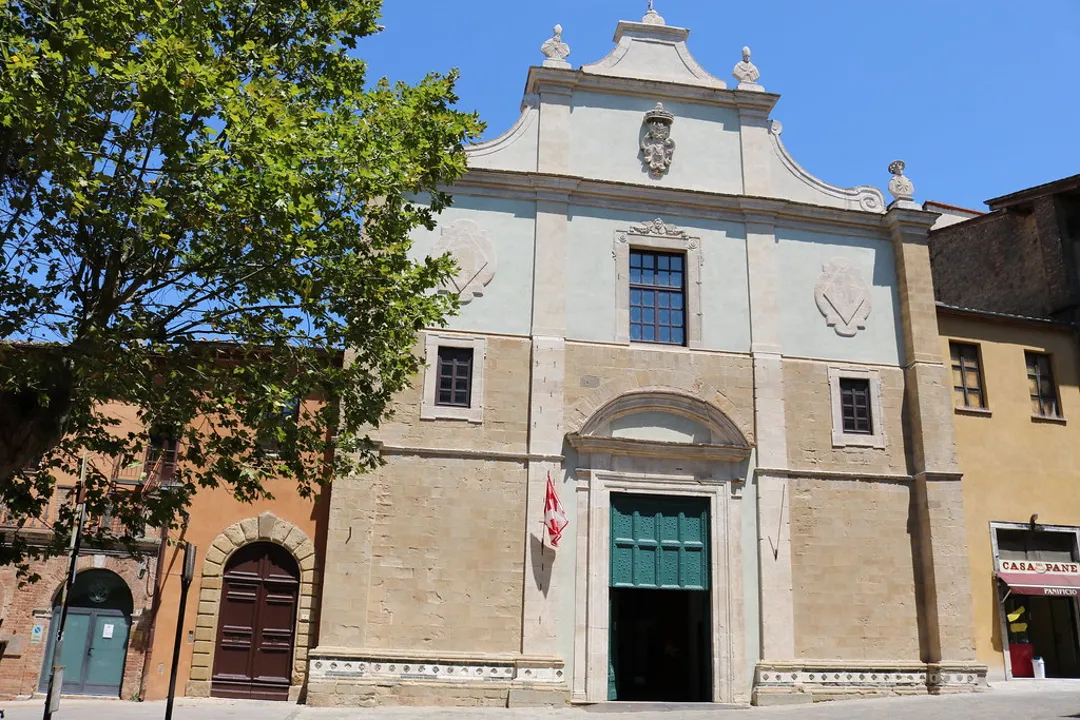
Genoese Neighborhoods and Streets
11. The Caruggi (Old Town Alleys)
The Caruggi are a maze of history. The narrow streets will transport you back to the past, as the area is practically Disneyland medieval city. These streets are full of life, as well as lots of little stores and restaurants, and surprises waiting around every corner.
It is one of the biggest historic centers in Europe and one of Genoa’s highlights.
The Best Time to Go: Try to go in the morning or late afternoon, so the narrow lanes aren’t so full.
Tips for Visiting: Wear good walking shoes, as the cobblestones and narrow alleys are often rough to walk on.
Pick up a map or install a GPS app to avoid getting lost.
12. Via Garibaldi (Strada Nuova)
It seems more like a giant outdoor museum than a city street. The entire lane is a parade of magnificent palaces, most of which were home to wealthy Genoans back in the 16th century.
They line both sides of the streets and occasionally open to reveal art collections or public institutions. It’s a beautiful testament to the wealth and power much of Genoa once had.
The Best Time to Go: Try to arrive midmorning. This way you can check out the architecture without the masses.
Tips for Visiting: Don’t rush your visit of the facades and interior decorations. Opt for a guided tour if you want to learn more about the complex.
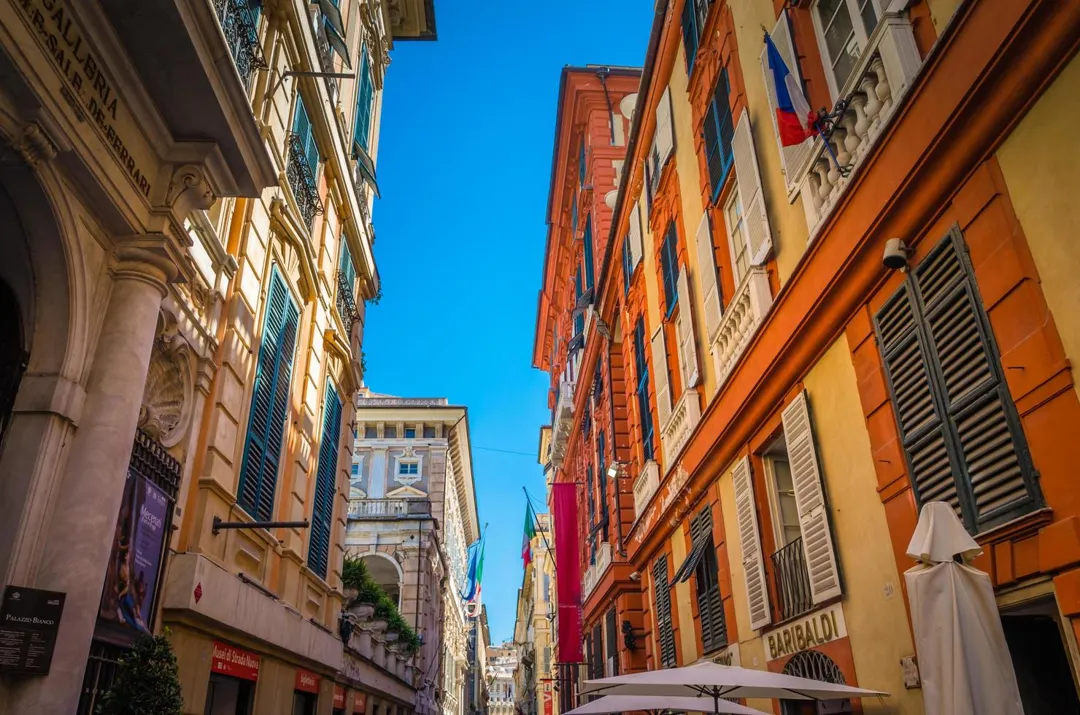
13. Boccadasse
Boccadasse is a teensy fishing hamlet that exists almost as a painting, with almost cartoon-like colorfully painted houses spilling down to the water. It’s a calm respite and makes a great relaxing fill-in after your day of exploring.
Enjoy some gelato and watch the sun sink or just gaze out and enjoy the views and the scene. It’s just a tad bit of pleasant and a reminder of the city’s maritime past.
The Best Time to Go: In the late afternoon, go to Boccadasse and see the sunset over the water. The view over the village with the sunset light is amazing
Tips for Visiting: Make sure to pack a camera because the breathtaking vistas are photo-worthy. You can walk along the pebble-strewn beach at a relaxed pace, and enjoy the serene setting.
Scenic Spots and Outdoor Activities
14. Spianata Castelletto
Visiting a city from above is always exciting, and Spianata Castelletto is one of the best places to do so in Genoa.
This viewpoint sits on a hill overlooking the city, allowing you to take in the sweeping views of all the streets and buildings below, with the Ligurian Sea shining in the distance.
It’s a peaceful place to sit back and watch the city afar. But either way, you’re going to love the view.
The Best Time to Go: If you plan on visiting the city, head there at sunset and the city will turn on its warm lights and the light will get even softer.
Tips for Visiting: Take a camera. The photo ops are great. If you decide to climb it, wear comfy shoes.
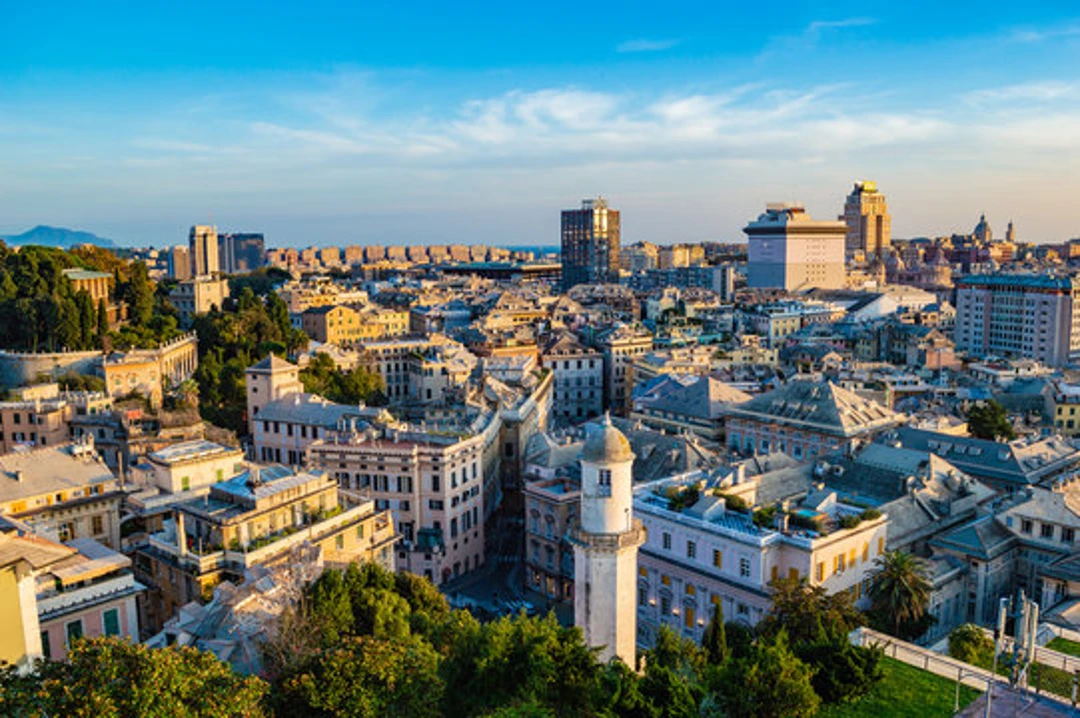
15. Lighthouse of Genoa (La Lanterna)
La Lanterna is no ordinary lighthouse; it’s Genoa’s symbol.
At the highest point of any lighthouse in the Mediterranean, this beacon has seen its share of seafaring excitement. The little museum inside charts the history of the lighthouse and its significance in Genoa nautical history.
Fortunately, the view from the top is the best in the city.
The Best Time to Go: Visit in mid-morning for the best visibility, and to skip the midday heat. Plus, the light in the morning is perfect for photos.
Tips for Visiting: Finally, remember to check the weather and aim for a sunny day so you can see the area more clearly. And, as always, make sure you wear a good pair of walking shoes, as there’s plenty of steps.
16. Passeggiata Anita Garibaldi in Nervi
For people who enjoy taking leisurely walks beside the ocean, the Passeggiata Anita Garibaldi is paradise.
This picturesque walkway lines the entire Nervi coast and offers stunning panoramas of the turquoise Ligurian Sea. With the multicolored cliffs on one side and the waves gently lapping the shore on the other, all you hear is peace and quiet.
The Best Time to Go: The promenade looks beautiful anytime, but in the late afternoon you’ll avoid the heat and crowds and maybe catch the sunset.
Comfortable walking shoes are a must so you can walk from one end of the promenade to the other. Water and sunscreen are always good to carry.
17. Parchi di Nervi (Nervi Parks)
Nervi Parks are a green escape going out to the coast, with its abundant gardens and quiet walkways. The parks are a mix of tropical plants, rose gardens, and art nouveau villas. It’s a nice mix of nature and culture, with a few museums located inside the villas.
The gardens are a great place to relax away from the busy city.
The Best Time to Go: Spring and early summer are best. The gardens are at their most flowery and the weather remains temperate.
Tips for Visiting: Pack a picnic and dedicate an afternoon to wandering the gardens. Take a book or a sketchbook with you to enjoy the peaceful atmosphere.
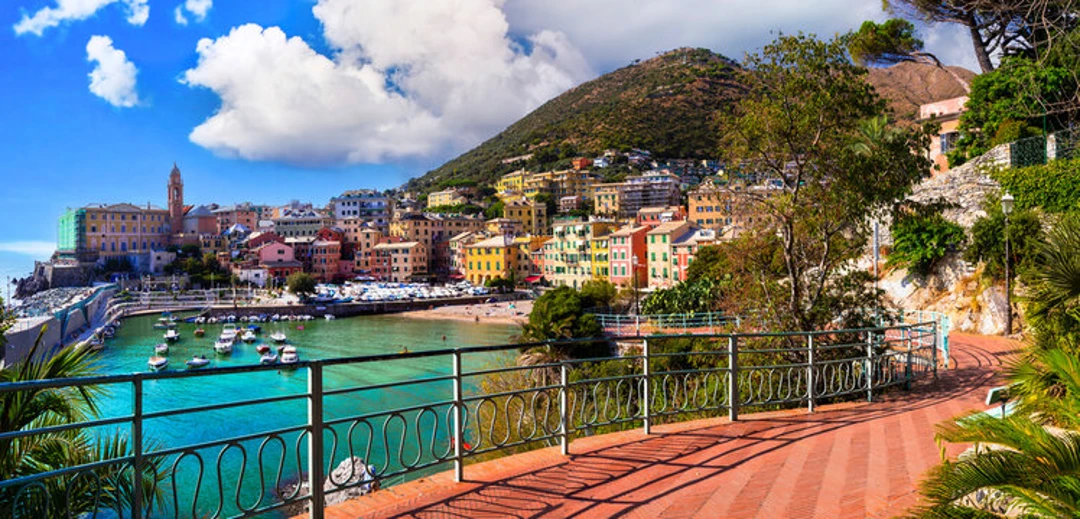
Food and Gastronomy
18. Try Pesto Genovese
In Genoa, you can’t leave without trying Pesto Genovese.— the city’s most famous product.
Taste it in its homeland, where you’ll find the local basil. The local nuts, the pungent Parmigiano, and the olive oil will all be locally sourced too. It’s all mixed up until it’s a delicious green, to be smothered over some trofie or trenette pasta.
The Best Time to Go: Ideal at lunch. A lot of local places have pesto as a lunchtime dish.
Relevant Activities and Tips for Eating There: The best place to enjoy a plate of pesto is at a restaurant or trattoria in the Old Town, where you can get a proper local meal.
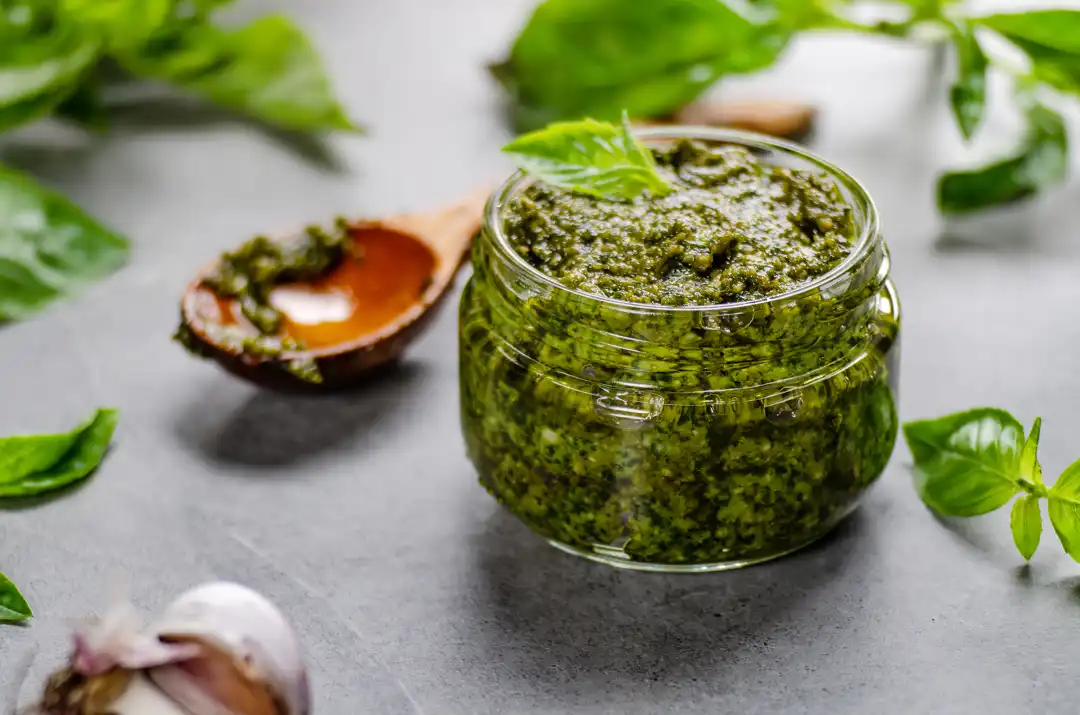
19. Eat Focaccia in Local Bakeries
You can’t visit Genoa and not eat focaccia.
This soft flatbread is packed with olive oil and comes in all styles, from plain to filled with cheese, onions, or olives. It’s all so delicious and something that is quintessential to the Ligurian culinary experience.
The Best Time to Go: The morning is the best time to enjoy it fresh and warm.
Relevant Activities and Tips for Eating There: Seek bakeries just off the main tourist drags for the best Cupneitz. And don’t be afraid to experiment with different kinds.
20. Visit Mercato Orientale
Mercato Orientale is where you’ll find the soul of Genoa’s cuisine.
It’s a bustling, noisy market located in an old, atmospheric building that’s filled with the sights and smells of produce, fish, meat, and all things Ligurian. It’s a sensory overload but you can’t leave here without feeling like you understand just a bit more about Genovese cuisine.
The Best Time to Go: Come in the morning when the market is a hub of activity and fresh food.
Relevant Activities and Tips for Eating There: You’ll need some based on how many tasty things you’re about to pop in your mouth. Some vendors will be eager to tell you how to cook their goods.
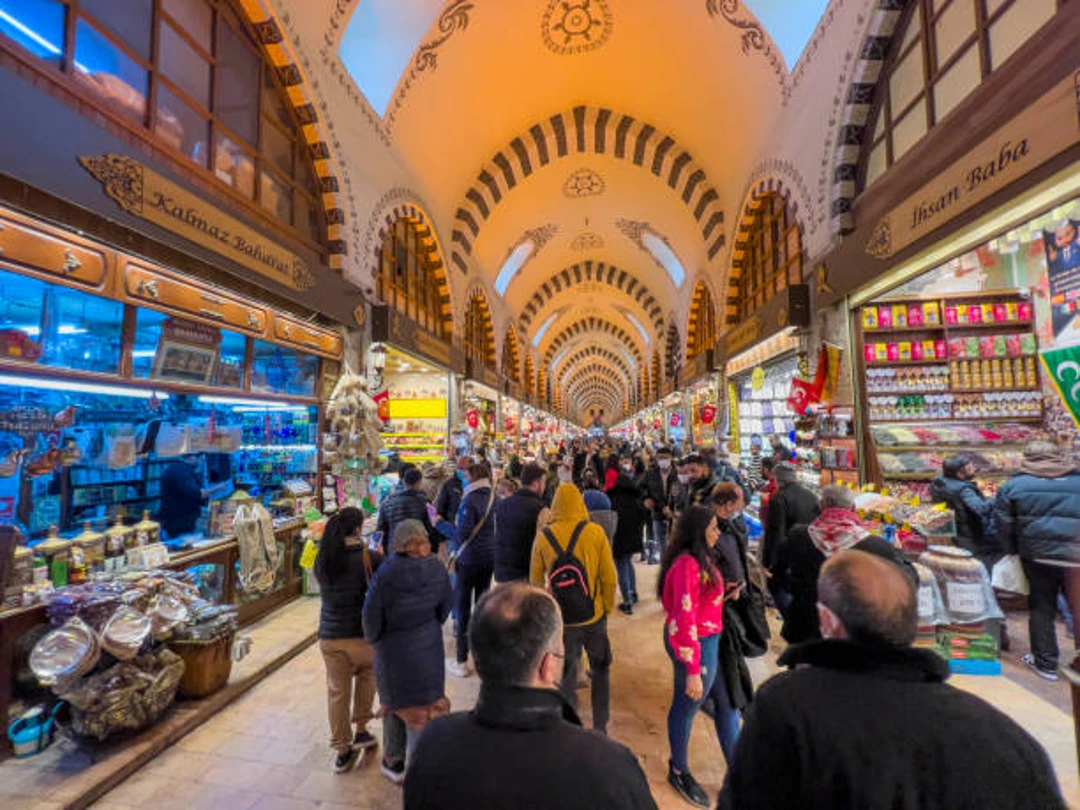
Unique Experiences
21. Ride the Zecca–Righi Funicular
The ride along the Zecca–Righi Funicular is an exciting and historical one — and the views are pretty spectacular too!
It takes you through the hills outside Genoa and offers a quieter experience away from the bustle of the city. It’s a lovely way to explore and to take in some trails too.
The Best Time to Go: Travel before/after getting really hot to avoid the heat. There are fewer people during those times too.
Tips for Experiencing There: Hiking in comfortable shoes is recommended.
22. Explore the Cloisters
The secret cloisters of Genoa provide a great escape from the crowds.
Places like Santa Maria di Castello contain great buildings and gardens. You’d never know what was behind these facades from wandering around the Old Town. They’re just as interesting as they are quiet.
The Best Time to Go: Come during the week as there is much less people around. Look for a weekday afternoon for a pure zen atmosphere.
Tips for Experiencing There: You can pick up a guide/town brochure and follow their fascinating story.
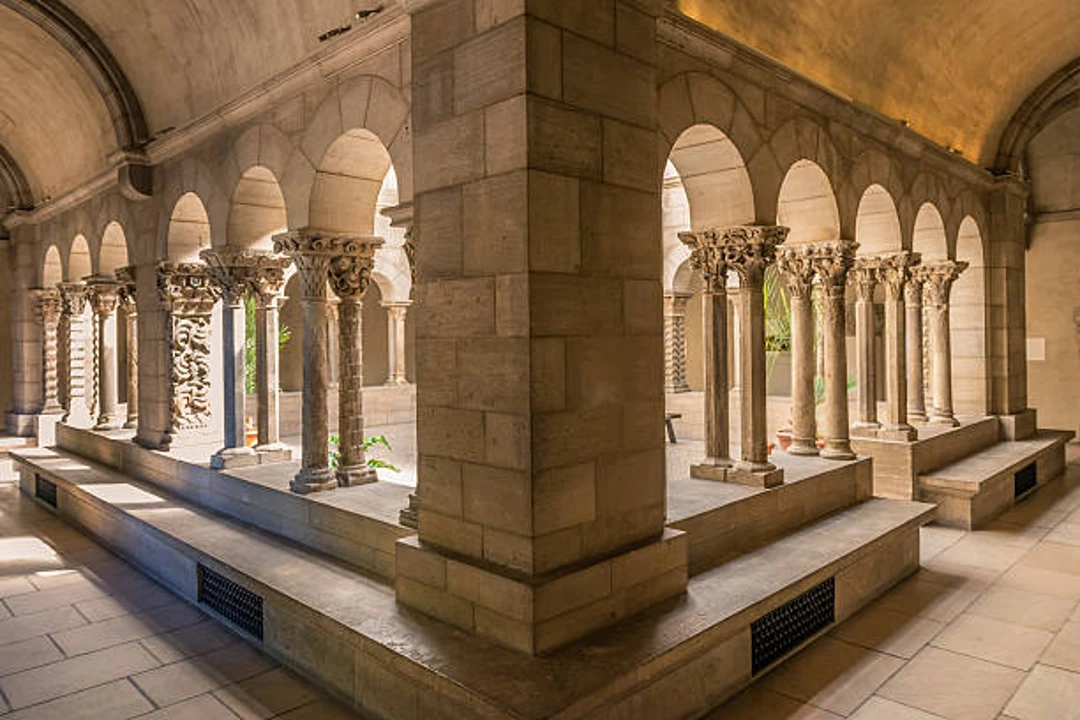
23. Attend the Genova Boat Show (Salone Nautico)
If you happen to be in Genova in September, check out the Boat Show. A tribute to the city’s maritime tradition, this event draws sailors and boat lovers everywhere.
It’s a great fusion of classic and contemporary boat technology.
The Best Time to Go: Go in the first few days to see the hustle and bustle. It’s also colder in the morning and a more pleasant time to visit.
Tips for Experiencing There: Wear good walking shoes, as there’s a lot to see. Seek out workshops and lectures for a more in-depth understanding of all things nautical.
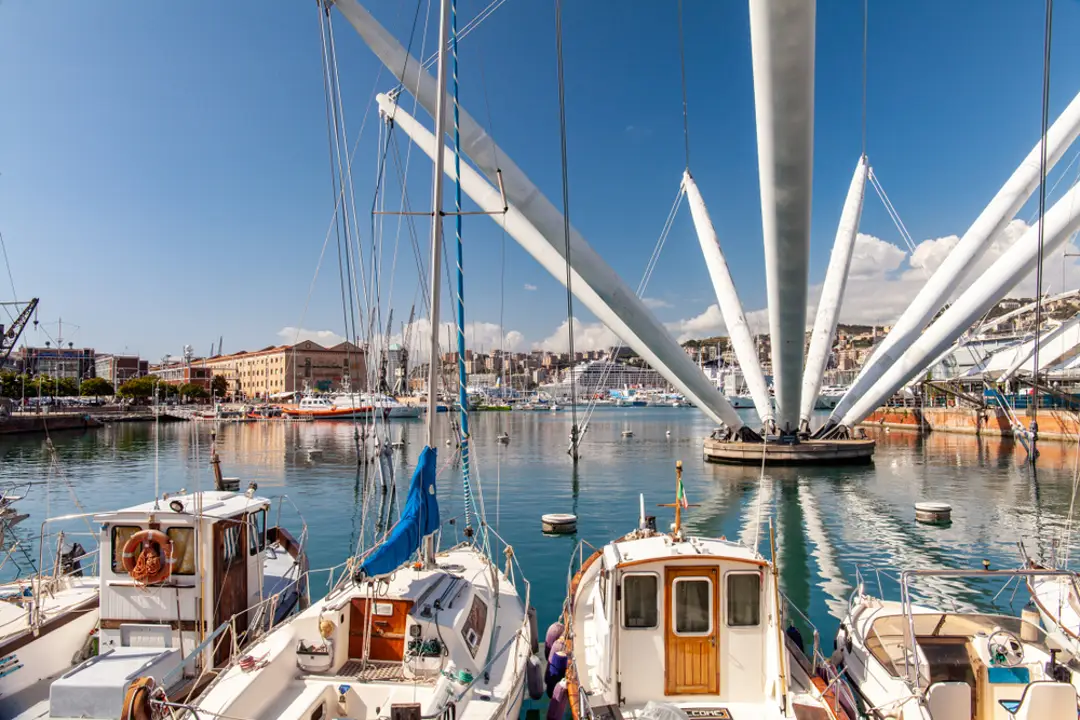
FAQ
1. Can I take day trips from Genoa?
For sure! Genoa is an ideal jumping-off point for visiting Cinque Terre and Portofino, or to explore the Italian Riviera. You can go there by train, bus, or even by ferry, which offers some nice views of the coast.
2. What language is spoken in Genoa?
Italian is the official language in Genoa. However, in the tourist areas, you will also find a number of locals who speak English. Having a basic understanding of Italian will not only improve your stay, but also make it easier to communicate with the locals.
3. What should I pack for a trip to Genoa?
Bring comfortable walking shoes (many streets are cobblestoned and hilly), and in spring and fall, pack layers. Coastal summers are hot, and good sun protection is necessary. You won’t want to leave your camera behind!
4. How safe is Genoa for tourists?
For the most part, Genoa is safe for travelers. As with any large city, simply keep an eye on your belongings and your surroundings, especially in busy areas. Use caution and common sense after dark, stick to well-lit streets, and you shouldn’t have any problems.
5. What currency is used in Genoa?
Because Genoa is in Italy, the currency is the Euro. Credit and debit cards are also widely accepted but it’s always best to have some cash if you can for smaller shop purchases or in cash-only establishments.
Conclusion
Genoa is a city of layers — of history, architecture, tastes, textures, and experiences.
Whether you’re drinking wine in Boccadasse, wandering the ancient alleyways, or discovering its maritime history, in Genoa, you find a place that’s a delight to visit.
Approach with curiosity, and it could be your favorite unexpected Italian destination.
